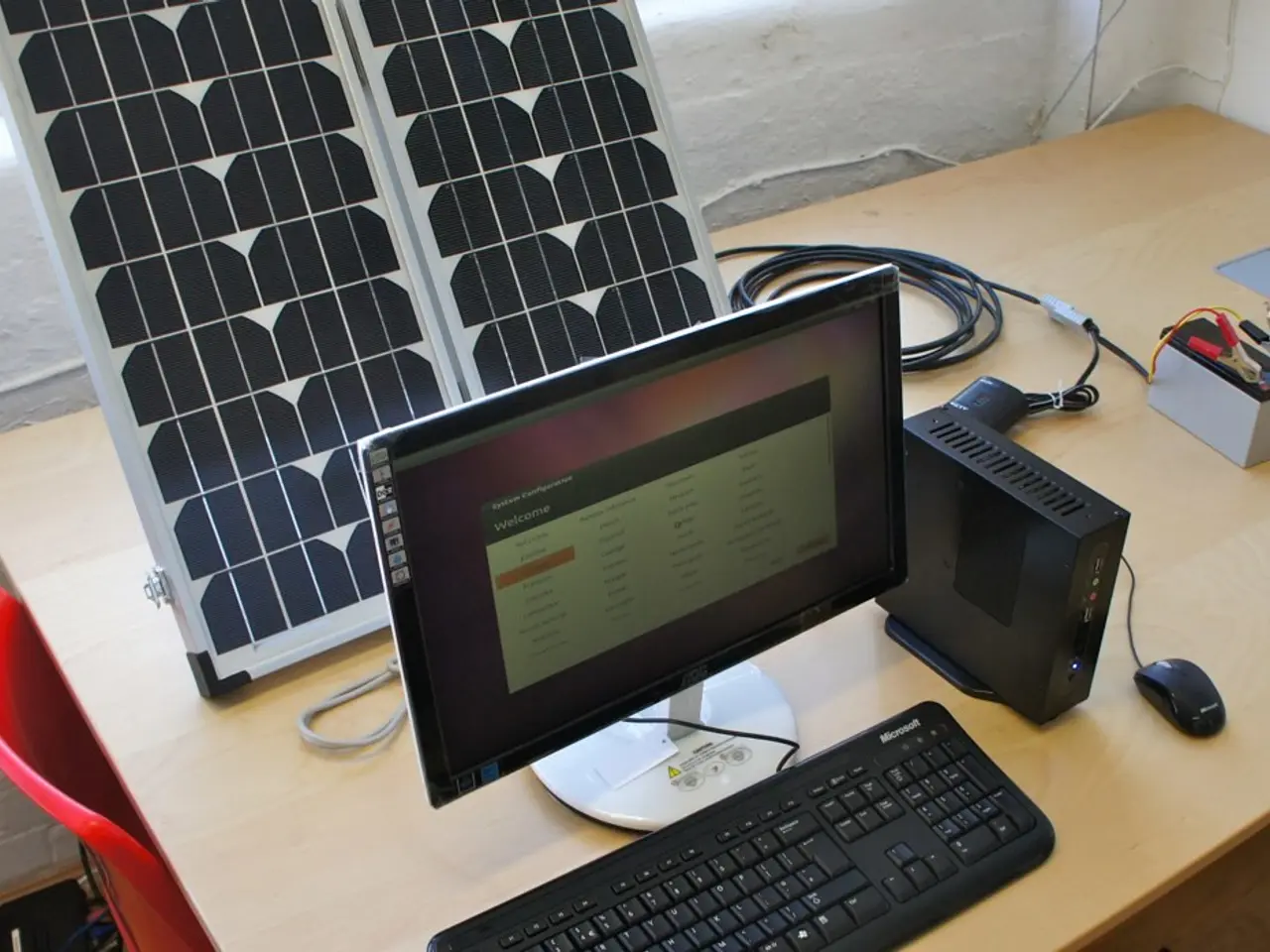Buckle up for two compelling reasons to invest in Ripple (XRP) before 2026.
========================================================
In the face of growing global financial instability, Ripple and its native cryptocurrency XRP are poised to make a significant impact in the world of cross-border payments and financial system stability.
Ripple's decentralized ledger, arguably more resilient than centralized solutions, serves as a bridge currency, facilitating rapid liquidity transfers between various fiat and digital currencies. This feature, highly valuable during times of volatility and economic stress, enables seamless cross-border settlements within 3–5 seconds.
The increasing institutional adoption of Ripple's technology, including major banks like Santander and SBI Holdings, underscores confidence in XRP's utility as a stable liquidity tool across jurisdictions. This enhanced appeal during uncertain times further solidifies XRP's position as a reliable asset for investors and institutions.
Regulatory clarity has been achieved by Ripple following its 2025 settlement with the SEC, reducing legal risks and making XRP a more trustworthy asset for investors and institutions facing unstable markets.
The push by central banks to launch Central Bank Digital Currencies (CBDCs) amid economic disruption may accelerate collaboration with Ripple, leveraging its infrastructure and XRP as a global reserve bridge currency. This potential collaboration could make XRP essential for international financial realignment before 2026.
Market momentum and forecasts anticipate XRP to increase in value between $4 and $5 by late 2025, driven partly by adoption in unstable markets seeking efficient financial tools.
As global financial instability rises, governments and institutions face urgent pressures to adopt ready-made, reliable blockchain solutions rather than build new infrastructure from scratch, positioning Ripple as a key player. In the long term, global uncertainty could potentially be a boon for Ripple, as its transparency in tracking transactions and speed could be beneficial in a world with lower global trust.
Moreover, Ripple is relatively border agnostic compared to the SWIFT network, making it an attractive solution for institutions seeking to bypass traditional banking barriers. With more than half of all Fortune 100 companies now using blockchain technology, the potential for Ripple's adoption is significant.
Long-term investors may have more reason to buy XRP this year due to potential future bank adoption of Ripple. As global instability continues to shape the financial landscape, Ripple and XRP are well-positioned to thrive, providing fast, low-cost cross-border payments and financial system stability amid economic uncertainty.
Investing in XRP, a native cryptocurrency of Ripple, could prove lucrative given its utility as a stable liquidity tool and potential collaboration with central banks. This finance-focused technology, poised to make a significant impact in cross-border payments, could become essential for international financial realignment in the face of growing global financial instability. With increasing institutional adoption and regulatory clarity, XRP presents a reliable asset for investors and institutions seeking efficient financial tools, especially during uncertain times.




